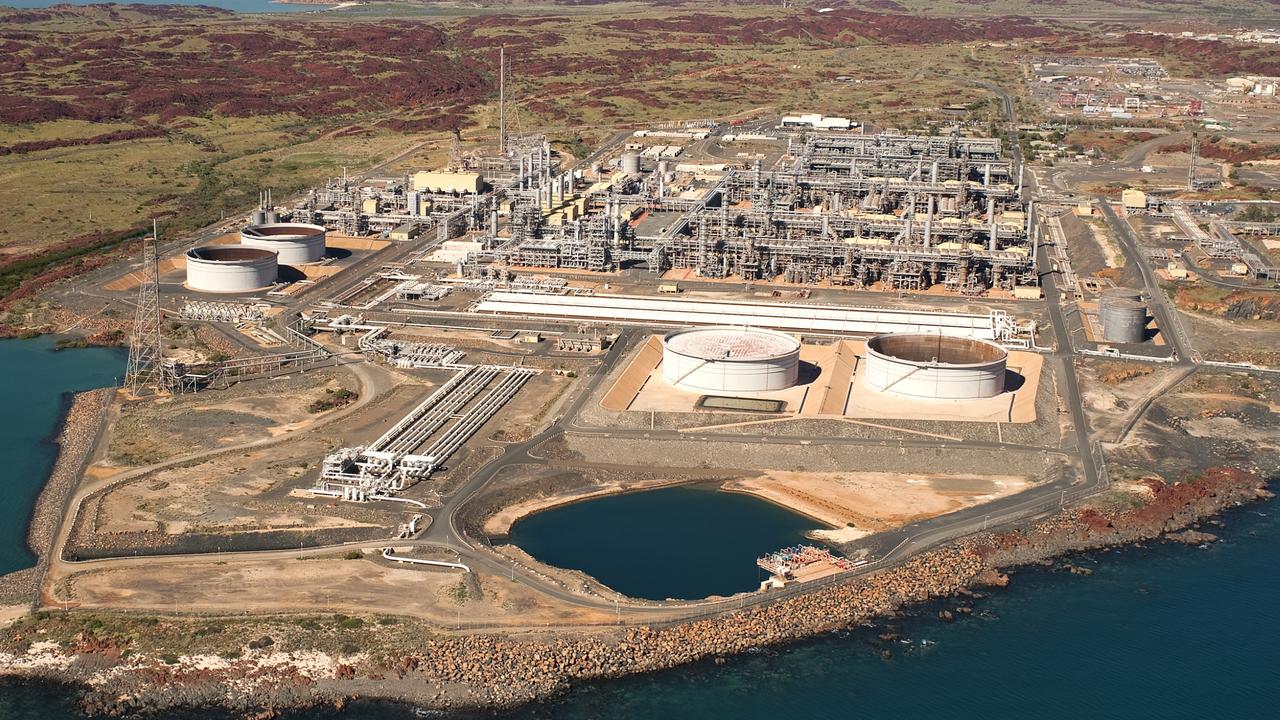
The gap between renting and owning a home has narrowed considerably in recent months, creating a window of opportunity that many would-be homebuyers have been waiting for. As the Federal Reserve slashed its benchmark rate in late September, mortgage rates dropped in tandem, falling to an average of 6.13% for a 30-year fixed-rate mortgage loan — the lowest level in three years.
That mortgage rate decline is now reshaping the market landscape for buyers across the country. What seemed financially out of reach when mortgage rates were sitting at over 7% now looks increasingly achievable for households with steady income and decent credit. And, for buyers eyeing homes in the $450,000 range, this rate decline could be the difference between continuing to rent and finally building equity in a home of their own.
We’re not talking about modest adjustments here, either. At today’s rates, the monthly payments on a mortgage look considerably different from even just a few months ago. Before you make any moves, though, it’s important to understand how much the payments could be on a $450,000 mortgage loan now.
Compare your mortgage loan options and lock in a top rate now.
What would the monthly payments be on a $450,000 mortgage now that the Fed has cut rates?
With today’s average rate of 6.13% on a 30-year fixed mortgage, borrowing $450,000 will cost you $2,735.70 per month in principal and interest. This figure represents your core borrowing cost, meaning that it excludes things like property taxes or home insurance, which are typically included in your monthly payment. But while your payment on a $450,000 mortgage loan would be higher when including those costs, that calculation can give you a clear idea of the baseline.
Now let’s look at what your monthly mortgage payment would have been on that same loan amount when rates averaged 7.04% back in January 2025. At a rate of 7.04%, that same $450,000 loan would have carried a payment of $3,005.96 per month. The difference? You’re saving about $270 per month, or roughly $3,240 annually, at today’s rates.
Rewind to October 2024, when rates were at 7.79%, and the comparison becomes even more striking. At that point, your payment on $450,000 would have been $3,236.30 per month. Compared to the payments at today’s rates, that equates to savings of roughly $500 per month, or $6,000 per year. For many households, that kind of difference could determine whether homeownership feels financially prudent or financially reckless.
And, the long-term impact extends well beyond monthly budgets. Over the full 30-year life of the loan, borrowing at today’s 6.13% rate instead of the 7.04% rate from early 2025 would save you nearly $97,000 in total interest payments. So, what might have been just outside your approval range at 7% could be well within reach at today’s rates.
Learn how affordable homebuying could be at today’s low rates.
How much would it cost to refinance a $450,000 mortgage at today’s rates?
Existing homeowners carrying mortgages with higher rates may also want to pay attention to the refinancing opportunities that come with the new rate landscape. If you locked in a mortgage rate above 7%, today’s market could deliver meaningful monthly relief. Here’s what refinancing a $450,000 balance looks like at current rates:
A 15-year refinance at 5.98%: Choosing this shorter loan term means monthly principal and interest payments of $3,792.50. This approach typically makes sense for homeowners with strong cash flow who want to build equity faster and own their home outright sooner.
A 30-year refinance at 6.67%: For borrowers prioritizing lower monthly payments, a 30-year refinance would run $2,894.80 per month at today’s average rates. This option works particularly well if your current rate is significantly higher than the mid-6% range.
The bottom line
At an average of 6.13%, today’s mortgage rates are a meaningful improvement from where they stood earlier this year, and are particularly improved compared to the higher-rate environment of late 2024. For a $450,000 mortgage, this translates to monthly payments that are about $270 lower than January levels and about $500 lower than last October, with long-term interest savings approaching $100,000 compared to early 2025 rates.
But while this rate landscape creates opportunities that weren’t available during much of the past year, borrowers should still do their homework before making any moves. Compare offers from multiple lenders, get preapproved to understand your true borrowing capacity and don’t make assumptions about where rates are headed next. The cost of borrowing has improved substantially, and the real question is whether your financial situation aligns with taking advantage of it now.



